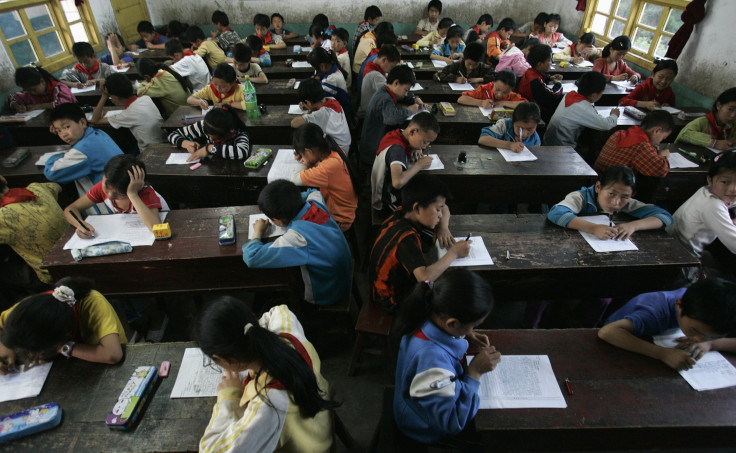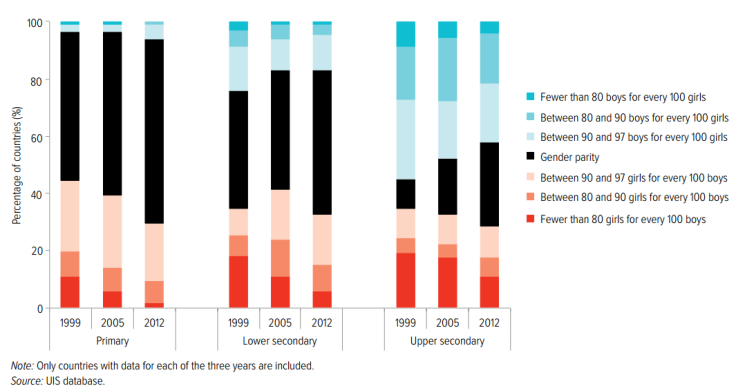Most Countries Have Failed To Meet UN's 'Education For All' Goals, Finds New Report

Most countries in the world have failed to achieve the “Education for All” (EFA) targets set by the United Nations in 2000, with only half the countries achieving universal primary school enrolment, according to a report released by Unesco on Thursday. The report, which tracks progress made toward the six EFA goals, added that 15 years of monitoring had shown “sobering results.”
“There are still 58 million children out of school globally and around 100 million children who do not complete primary education. Inequality in education has increased, with the poorest and most disadvantaged shouldering the heaviest burden,” Irina Bokova, Unesco’s director-general, said in a foreword to the report. “Overall, the poor quality of learning at primary level still has millions of children leaving school without basic skills.”
The EFA goals, established in the West African city of Dakar in 2000, include targets ranging from improving quality of and access to early childhood care and education to eliminating gender disparity in primary and secondary education. The EFA agreement also set a target of achieving a 50 percent improvement in levels of adult literacy by 2015 -- a target that was achieved by only 25 percent of the countries.

The report also found that women continue to make up almost two-thirds of the illiterate adult population, including half of sub-Saharan African women who do not have even basic literacy skills.
“In sub-Saharan Africa, the poorest girls remain the most likely to never attend primary school. In Guinea and Niger in 2010, over 70 percent of the poorest girls had never attended primary school, compared with less than 20 percent of the richest boys,” the U.N. agency said in the report.

Moreover, insofar as achieving universal primary education is concerned, only 52 percent of countries met this goal, while 10 percent are close and the remaining 38 percent are very far from achieving it.
“Unless concerted action is taken and education receives the attention that it failed to get during the past 15 years, millions of children will continue to miss out and the transformative vision of the new Sustainable Development agenda will be jeopardized,” Aaron Benavot, director of the 2015 EFA Global Monitoring Report, said in a statement.
According to the report, funding remains a major stumbling block to universal education. Globally, between 2015 and 2030, an additional $22 billion is needed annually to ensure basic education and bridge the current financing gap.
“Many governments have increased spending, but few have prioritized education in national budgets, and most fall short of allocating the recommended 20 percent needed to bridge funding gaps,” the report said. “The picture is similar with donors, who, after an initial boost in aid budgets, have reduced aid to education since 2010 and not sufficiently prioritized those countries most in need.”
The report recommended that governments make education free for all children and ensure that teaching styles in schools be linked to the needs of the communities. “New education targets must be specific, relevant and measurable. Marginalized and disadvantaged groups, hardest to reach and still not enjoying their right to education, must be a priority,” Bokova said.
© Copyright IBTimes 2024. All rights reserved.






















